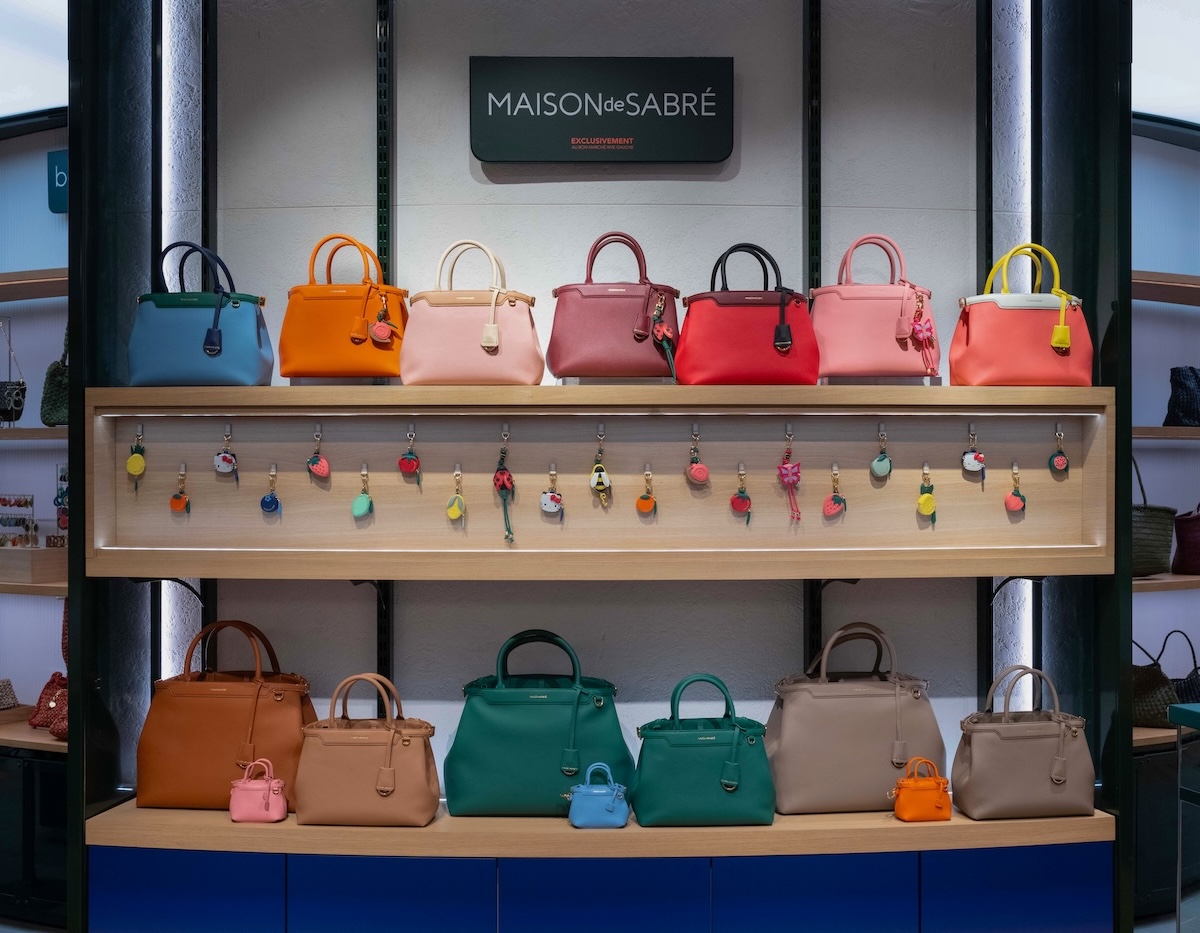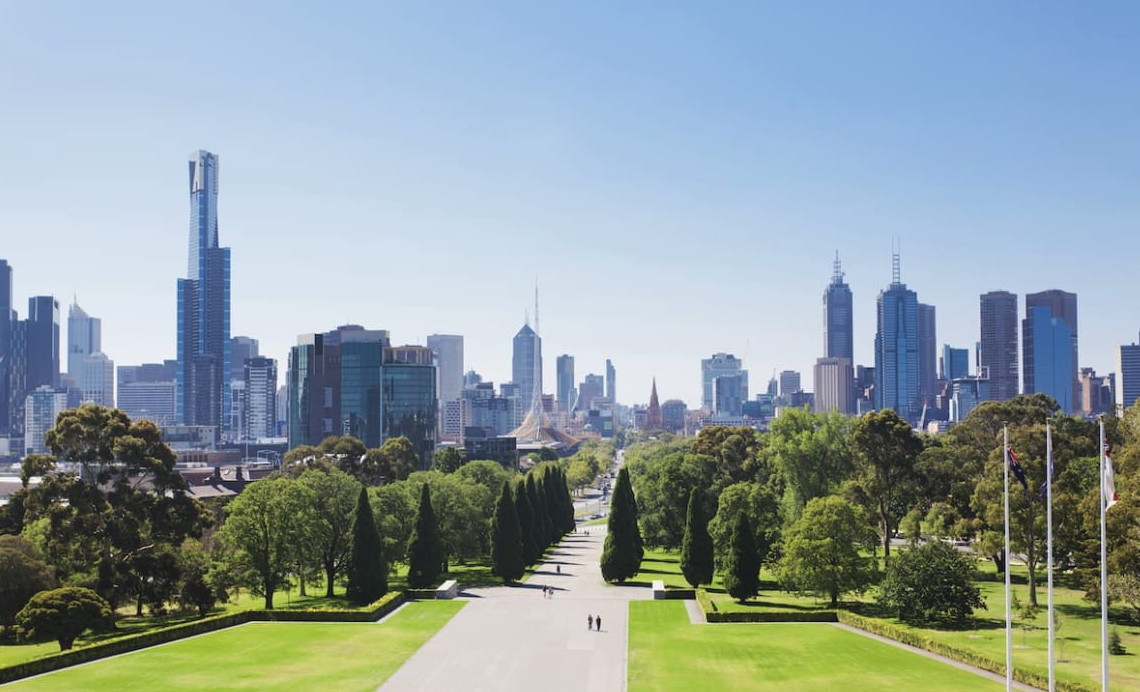Only 5% of U.S. Foundations Invest for Impact, Study Finds
Few of the U.S.’s philanthropic foundations invest their endowment assets—totalling an estimated US$1.1 trillion—to create positive social and environmental change in addition to high returns, potentially limiting or even counteracting the good such organisations do.
Exactly how few isn’t precisely known. But Bridgespan Social Impact, a subsidiary of the New York-based Bridgespan Group along with the Capricorn Investment Group, a Palo Alto, Calif.-based investment firm founded by Jeff Skoll , the first president of eBay, and the Skoll Foundation, also in Palo Alto, attempted to “get the conservation started,” with a study of 65 foundations with a total of about US$89 billion in assets, according to Mandira Reddy, director at Capricorn Investment Group.
The top-line conclusion: 5% of the primarily U.S.-based foundations surveyed invest their assets for impact. Most surprising is that 92% of these organisations, which have assets ranging from US$11 million to US$16 billion, are active members of impact investing groups, such as the Global Impact Investing Network and Mission Investors Exchange.
“If there’s any pool of capital that is best suited for impact investing, it would be this pool of capital along with family office money,” Reddy says.
The study was also conducted “to draw attention to the opportunity,” she said.
“We want to redefine what philanthropy can achieve. There is massive potential here just given the scale of capital.”
Foundations are required by the U.S. Internal Revenue Service to grant 5% of their assets each year to charity; in practice they have granted slightly more in the last 10 years—an average of 7% of their assets, according to Delaware-based FoundationMark, which tracks the investment performance of about 97% of all foundation assets.
The remaining assets of these foundations are invested with the intention of earning the “highest-possible risk-adjusted financial returns,” the report said. Those investments allow these organizations to grant funds often in perpetuity.
Capricorn and Bridgespan argue that more foundations, however, need to “align their capital with their missions,” and that they can do so while still achieving high returns.
“Why wait to distribute resources far into the future when there are numerous urgent issues facing the planet and communities today,” argue the authors of a report on the research, which is titled, “Can Foundation Endowments Achieve Greater Impact.”
The fact most of the foundations surveyed are very familiar with impact investing and yet haven’t taken the leap “highlights the persistently untapped opportunity,” the report said. It details some of the barriers foundations can face in shifting to impact, and how and why to overcome them.
Hurdles to making a shift can include “beginner’s dilemma”—simply not knowing where to start—and a misperception on the part of large foundations that impact investing is “too niche,” offering opportunities that are too small for the amount of capital they need to allocate. Other foundations are too stretched and don’t have the resources to add capabilities for making impact investments, the report said.
One of the biggest concerns is financial performance. Some foundation leaders, for instance, worry impact investments lead to so-called concessionary returns, where a market rate of return is sacrificed to achieve a social or environmental benefit. Those investments exist, but there are also plenty of options that offer financial returns.
The authors make a case for foundations to “go big,” into impact to realize the best outcomes, and to take a portfolio approach, meaning integrating impact principles into how they approach all investments. To make this happen, foundations need to incorporate impact into their investment policy statements, which determine how they allocate assets.
It will be difficult for foundations that want to shift their assets to impact to pull out of investments such as private-equity or venture-capital funds that can have holdings periods of a decade. But with a policy statement in place, a foundation’s investment team can reinvest this long-term capital once it is returned into impact investing options, she says.
“The transition doesn’t happen overnight,” Reddy says. “Even if there is a commitment for an established foundation that is already fully invested, it takes several years to get there.”
The Skoll Foundation, established in 1999, revised its investment policy statement in 2006 to incorporate impact. According to the report, the foundation initially divested of investments that were not in sync with its values, and then gradually, working with Capricorn Investment, began exploring impact opportunities mostly in early-stage companies developing solutions to climate change.
“As the team gained more knowledge and experience in this work, and as more investment opportunities arose, the impact-aligned portfolio expanded across different asset classes, issue areas, and fund managers,” the report said.
As of 2022, 70% of the Skoll Foundation’s assets are in impact investments addressing climate change, inclusive capitalism, health and wellness, and sustainable markets.
Capricorn, which manages US$9 billion for foundations and institutional investors through impact investments, constructs portfolios across asset classes. In private markets, this can include venture, private equity, private credit, real estate, and infrastructure. There are also impact options in the public markets, in both stocks and bonds.
“Across the spectrum there are opportunities available now to do this in an authentic manner while preserving financial goals,” Reddy says.
Of the foundations surveyed, about 15, including Skoll, have 50% or more of their assets invested for impact. Others include the Lora & Martin Kelley Foundation, the Nathan Cummings Foundation, the Russell Family Foundation, and the Winthrop Rockefeller Foundation.
Though not part of the study, the California Endowment just announced it was going “all in” on impact. The organisation has US$4 billion in assets under management, which likely makes it the largest foundation to undergo the shift, according to Mission Investors Exchange.
Although the researchers looked at a fairly small sample set of foundations, Reddy says it provides data “that is indicative of what the foundation universe” might look like.
“We cannot tell foundations how to invest and that’s not the intent, but we do want to spread the message that it is quite possible to align their assets to impact,” she says. “The idea is that this becomes a boardroom conversation.”
 Copyright 2020, Dow Jones & Company, Inc. All Rights Reserved Worldwide. LEARN MORE
Copyright 2020, Dow Jones & Company, Inc. All Rights Reserved Worldwide. LEARN MORE
Pure Amazon has begun journeys deep into Peru’s Pacaya-Samiria National Reserve, combining contemporary design, Indigenous craftsmanship and intimate wildlife encounters in one of the richest ecosystems on Earth.
Australia’s housing market defies forecasts as prices surge past pandemic-era benchmarks.
Pure Amazon has begun journeys deep into Peru’s Pacaya-Samiria National Reserve, combining contemporary design, Indigenous craftsmanship and intimate wildlife encounters in one of the richest ecosystems on Earth.
Pure Amazon, an A&K Sanctuary, has officially launched its voyages into the 21,000-square-kilometre Pacaya-Samiria National Reserve.
Designed for just 22 guests, the new vessel positions itself at the high end of wilderness travel, offering quiet, immersive, and attentive experiences with a one-to-one staff-to-guest ratio. The focus is on proximity to wildlife and landscape, without the crowds that have made parts of the Amazon feel like tourism has arrived before the welcome mat.
Where Architecture Meets the River
The design direction comes from Milan-based architect Adriana Granato, who has reimagined the boat’s interiors as part gallery, part observatory. Floor-to-ceiling windows frame rainforest scenes that shift hour to hour, and every space holds commissioned artworks by Peruvian artists.
The dining room’s centrepiece, Manto de Escamas de Paiche by Silvana Pestana, uses bronze and clay formations that mirror the scale patterns of the Amazon’s giant fish. Pestana’s works throughout the vessel reference environmental fragility, especially the scars left by illegal gold mining.
In each suite, hand-painted kené textiles by Shipibo-Konibo master artist Deysi Ramírez depict sacred geometry in natural dyes. Cushions by the BENEAI Collective feature 20 unique embroidered compositions, supporting Indigenous women artists and keeping traditional techniques alive in a meaningful, non-performative way.
Wildlife Without the Tame Script
Days on board are structured around early and late river expeditions led by naturalist guides. Guests may encounter pink river dolphins cutting through morning mist, three-toed sloths moving like they’re part of the slow cinema movement, and black caimans appearing at night like something from your childhood nightmares.
The prehistoric hoatzin appears along riverbanks, giant river otters hunt in packs, and scarlet macaws behave like the sky belongs to them. The arapaima — the same fish inspiring Pestana’s artwork — occasionally surfaces like an apparition.

A Regional Culinary Lens
The culinary program is led by a team from Iquitos with deep knowledge of Amazonian produce.
Nightly five-course tasting menus lean into local ingredients rather than performing them. Expect dishes like caramelised plantain with river prawns, hearts of palm with passionfruit, and Peruvian chocolate paired with fruits that would be unpronounceable if you encountered them in a supermarket aisle.
A pisco-led bar menu incorporates regional botanicals, including coca leaf and dragon’s blood resin.
A Model of Conservation-First Tourism
Pure Amazon’s conservation approach goes beyond the familiar “offset and walk away” playbook. Through A&K Philanthropy, the vessel’s operations support Indigenous community-led economic initiatives, including sustainable fibre harvesting and honey production in partnership with Amanatari.
Guests also visit FORMABIAP, a bilingual teacher training program supporting cultural and language preservation across several Indigenous communities. Notably, the program enables young women to continue their education while remaining with their families — a rarity in remote regions.
Low-intensity lighting, heat pump technology, and automated systems reduce disturbance to the reserve’s nocturnal wildlife.

The Experience Itself
Itineraries span three, four, or seven nights. Mornings often begin with quiet exploration along mirrorlike tributaries; afternoons allow for spa treatments or time on the open-air deck. Evenings shift into long dinners and soft-lit river watching as the rainforest begins its nightly soundtrack.
Granato describes the vessel as “a mysterious presence on the water,” its light calibrated to resemble fire glow rather than a foreign object imposing itself on the dark.
It is, in other words, slow travel done with precision.
From Italy’s $93,000-a-night villas to a $20,000 Bowral château, a new global ranking showcases the priciest Airbnbs available in 2026.
Australia’s market is on the move again, and not always where you’d expect. We’ve found the surprise suburbs where prices are climbing fastest.






















